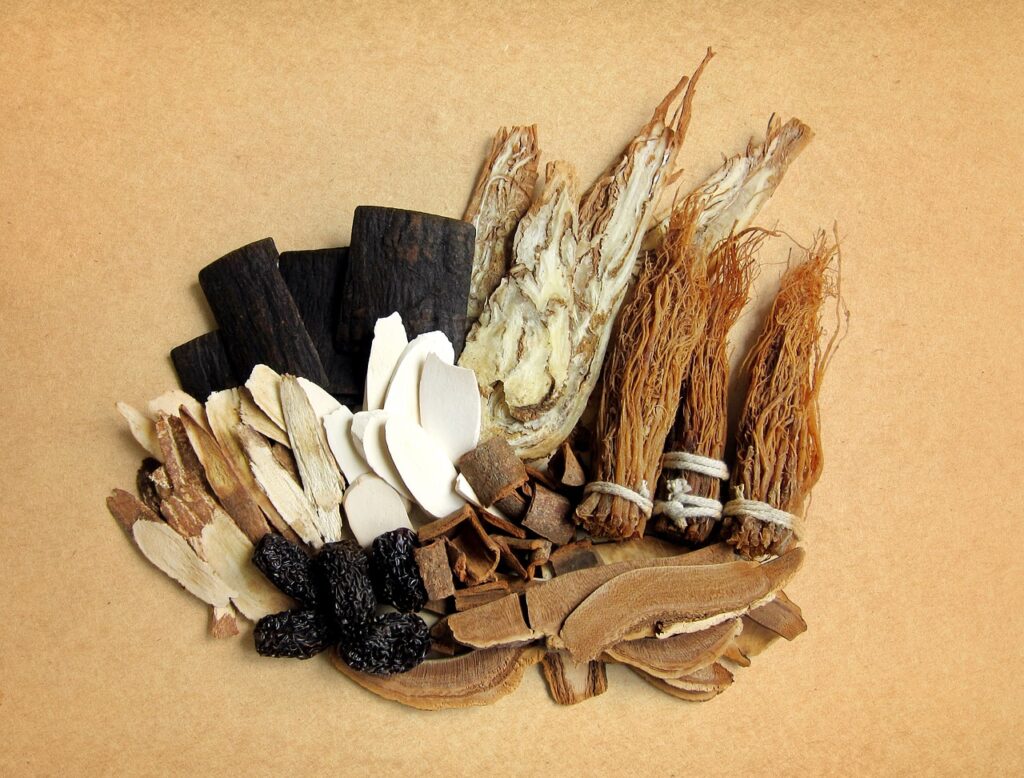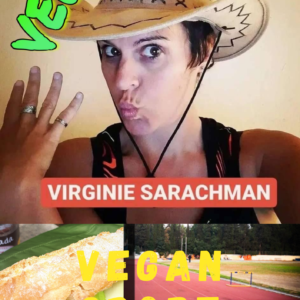1. What is Chinese medicine ?
Traditional Chinese Medicine (TCM) is concerned with the communication between different organic functions, closely linked to each other by a current of energy, called “chi” or “Qi”. According to this principle, the disease results from blockages or energy imbalances.
Traditional Chinese Medicine originated around 3000 BC. AD and draws its sources from Taoist philosophy.
Chinese medicine is centered on the means to regain the balance of Qi: vital energy.
These different means constitute a set of techniques.
The principle of Qi
Chinese medicine is a global health system based on life energy – “Qi”. It considers man as a whole and consists of restoring harmony between body and mind. Sep 26, 2012
Thanks to the balance of qi, traditional Chinese medicine prevents and cures many ailments.
Particularly useful when health is linked to the mind, Chinese medicine has five branches: acupuncture, moxibustion, massage, dietetics and pharmacopoeia.
Qi is once again a metaphor which is represented by several symbols: It is about life, our heritage, our energy. It is also the Breath, the force, the matter, without energy there is no life. What is called Qi, is the foundation of Chinese medicine.
Chinese medicine has five branches:
1.acupuncture,
2.moxibustion,
3. massage,
4. dietetics and
5. pharmacopoeia.
1. Acupuncture
The body is in fact “crossed” by 12 meridians, each corresponding to an organ, through which our vital energy, the “Qi” circulates.
By means of needles, the acupuncturist stimulates precise points of dispersion or toning to stimulate and restore the circulation of energies in the body.
2.moxibustion
Moxibustion is a technique of heat stimulation of acupuncture points. The moxa is the heating object that allows this stimulation. It is originally in the form of a cigar composed of a mugwort of the species Artemisia argyi. wikipedia
3. massage
4. dietetics
5. The pharmacopoeia
The Chinese Materia Medica is the reference work and includes thousands of therapeutic substances, mainly plants but also infusions incorporating animal or mineral extracts. As with its counterparts, it seeks to harmonize complementary forces.
6. Energetic exercises of Tai Chi, Qi Gong and meditation
Qi Gong and Tai Chi are psychological and bodily practices of energetic gymnastics which are an integral part of the system of Traditional Chinese Medicine. These workouts include gentle movements performed in combination with breathing, relaxation, and mental focus.
The principle of Qi Gong is to be able to identify and master “Qi” by the body. This respiratory science is based on a mastery and knowledge of his breath. The extreme slowness of movement allows you to spot blockages and feel the vigor.
Tai Chi
Tai Chi started out as a martial art whose movements practiced with speed were originally intended for combat or self-defense. It is a complex form of Qigong that includes movements to be performed in a predetermined order. A complete sequence of between 24 and 48 movements.
Qi Gong
Qigong is considered easier to learn than Tai Chi. Indeed, Tai Chi is more technical, with its many complex movements and postures that strain the lower body.
2. What are the differences between Chinese medicine and Western medicine ?
Western medicine has rejected hernorism:
Western medicine has long since abandoned herbalism.
Mainly since the beginning of the 20th century with the development and rise of synthetic drugs considered to be more reliable and more serious in the face of herbal treatments considered to be grandmother’s remedies.
In fact almost all drugs are derived from or contain extracts of plants or their essential oils.
Difference in the conception of evil:
Western medicine considers the evil to be serious and dangerous and is responsible for responding quickly and violently when Chinese medicine sees it as a manifestation of the imbalance of energies in the body and seeks gentle, non-aggressive remedies to regain the lost balance.
Where Western medicine speaks of inflammation, Chinese speaks of excess internal heat!
The principles of Western medicine :
- Treat evil with evil
- Treat the symptom instead of treating the ailment
- Treats the diseased part of the body locally and not the whole body as a whole
Western medicine is primarily based on anatomy.
While the meridian system is the basis of Chinese medicine.
Meridians
Meridians in traditional Chinese medicine are interconnected channels in the human body through which qi, the body’s life energy, flows.
There are several types, related to the theories of anma, Yin and yang and the five elements. Wikipedia
REFERENCES
National Federation of Traditional Chinese Medicine
French Union of Traditional Chinese Medicine Professionals
If you want more information and other tips on this topic, you can get my ebook in the shop below
My Vegan Sport Coach “in English
“My vegan sports coach” in French
If you want more information and other tips on this topic, send me a message via my email address
Vegansportcoach@gmail.com


